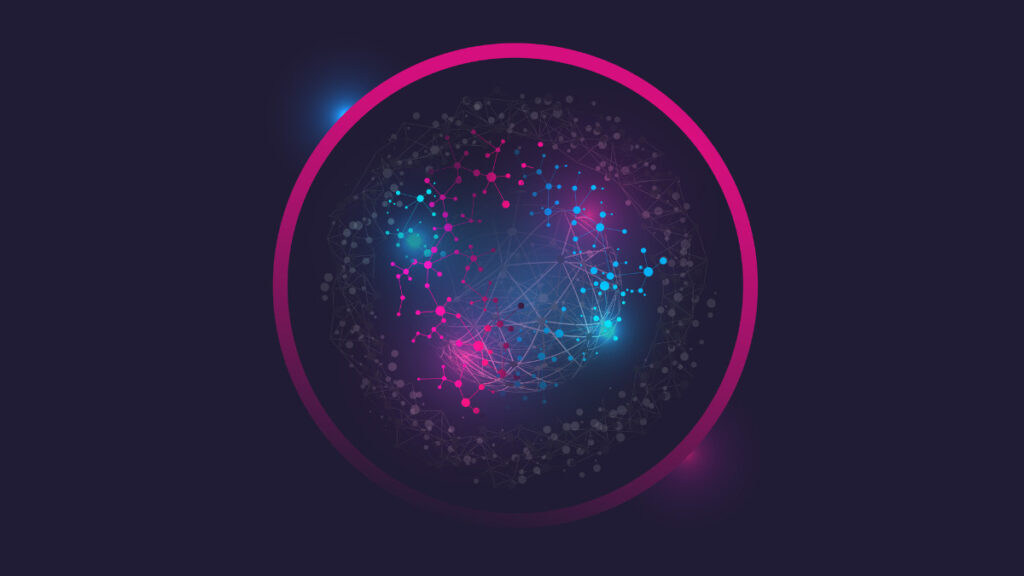Web design differences between B2C & B2B (and what works for both!)


Web design is a powerful way to appeal to the type of person who wants to buy your product. But how does it differ between B2C versus B2B? Understanding the differences in web design best practices between consumer retail and business sales is key to succeeding in e-commerce, especially if you’re transitioning or expanding your offering.
Understanding your buyer
B2B and B2C buyers have similarities, but in many respects, they’re very different. Throughout the article, keep in mind that the core difference between the two is the motivation of your audience:
- B2B buyers’ primary goal is to solve a logical, objective problem. Their secondary goal is to show their superiors or stakeholders that they are valuable to the company.
- B2C buyers’ primary goal may be to solve a logical, objective problem, but it may also be to fulfill an emotional need. Their secondary goal is to feel better about their quality of life.
In addition to their motivations, business buyers and consumers have expectations for what a “good” and “trustworthy” e-commerce website looks like, depending on your industry. This is why you’ll often find that competitors that are vying for the same audience will have very similar layouts, even if the design components – color, logo, content, and icons – are unique to each brand. You don’t want to be too different from your competitors, or your audience may subconsciously lose trust in your brand.
B2B buyers will also need a more complicated website design than B2C (generally speaking), as the price point is so much higher, and often, business products come with ongoing maintenance. An e-commerce website that sells to brands may require secure logins that lead to an existing customer portal, the ability to offer quantity-based pricing based on several factors, alternative payment methods and lines of credit, and buying approval controls, among other factors. On the other side of the spectrum, B2C e-commerce should aim to get customers to checkout as soon as possible and focus on removing any barriers to checkout. For personal consumers, often, the simpler the website, the more effective.
B2B and B2C design differences
B2B buyers are looking for a solution to a problem that their organization faces, which means that they’re looking for details and proof of value when they examine vendor’s e-commerce websites. They’re also looking for a solution that makes them look intelligent and resourceful to their boss or board members – which is an important detail to remember when working on your web design. The best product will be passed over if the website looks silly or untrustworthy, because your lead either won’t trust it themselves, or won’t feel comfortable sharing it with their team.
B2C customers are also looking for a website that looks trustworthy, but it’s often not their main priority (as long as it doesn’t look untrustworthy). For many retail purchases, the customer is looking for a website that shows them a lifestyle that they aspire to, or that makes them feel good about themselves. They don’t need to justify their purchase to anyone else, so the focus is on persuading the current viewer that your product will make them happier.
Calls to action
Because B2B buyers work with a team to decide on purchases, and must justify their choice to several people, web design that appeals to businesses should allow for a much longer sales cycle than B2C sales.
To appeal to the business buyer, make sure that your calls to action don’t appear prematurely on your e-commerce website. This means avoiding big calls to action that demand a purchase immediately – they’re just unrealistic, as most B2B buyers will need to return to your site at least five times before they’re ready to contact you.
Instead, focus on CTAs that drive your viewers towards further information, such as your blog or resources related to the product they viewed, and that result in you capturing contact information such as their email address. Getting contact info will give you a path to reactivate their interest later down the line, and keep the conversation going over time. Pique viewers interests with account registrations, free quote requests, whitepaper downloads, and other sign-ups that offer immediate value with little risk.

On the other hand, B2C customers may react favorably to calls to action. Our favorite example is our client Joe Grooming: on their website, we kept a minimalist design, but added the detail that every “buy” button on their product pages matches the unique Pantone color assigned to the product.
Length and detail of content
According to Komarketing’s 2015 B2B Web Usability Report, 46% of B2B buyers report rejecting potential vendors because their website is unclear about what exactly they do. That same report also found that 42% left e-commerce websites immediately when served an animated ad or popup (such as for e-books or mailing signups).
When creating your B2B web design, keep in mind that your viewer is busy, under pressure, and looking for answers. They don’t want to be distracted and feeling like their time being wasted will make them move on to your competitors’ websites.
The bottom line: your B2B website needs more content than a B2C e-commerce site, but you must be strategic in what content you produce. Focus on articles, original surveys, and detailed product descriptions that compliment your homepage that states clearly and succinctly what your company does.
A great example of a brand that hits all these points is Polycom, one of – if not the – most ubiquitous office telecom brands. Their e-commerce website focuses on making it very clear where visitors should click, almost to a fault, with this grid, which appears right below their hero image:

By literally spelling out the most likely thoughts a viewer may have when they navigate to the site, Polycom is able to minimize the amount of time visitors spend between seeing the home page and finding a product that solves their problem.
Web design principles that apply to both B2B and B2C
While the goals and motivations of B2B and B2C customers differ, you’re still appealing to people who want to feel good about buying from your brand. Focus on how you can assure each customer that your brand is watching out for them, and they’ve made the right choice and gotten the best deal. If your e-commerce site effectively communicates these things, you’ll see your sales – and loyal customers – increase steadily.
Intuitive navigation
Nobody wants to spend time clicking around a cluttered website. A disorganized online presence is one of the most reliable ways to drive away customers, no matter if you sell makeup or enterprise software. Focus on making web design choices that intuitively prompt users towards the next step in their customer journey, without taking them on any unnecessary detours.
Emotional appeals
Both consumers and business buyers want to emotionally connect to your brand, as well as feel like they made the right logical choice. In fact, according to CMSWire, 10 to 40 percent of consumers form emotional attachments to brand before purchasing, and over 50 percent of business buyers felt emotionally connected to their vendors. If you’re wondering why, try to imagine trusting a group of people for purely logical reasons – it’s almost impossible. We’re all human, after all.
When you create your web design, make sure that it appeals to your customers’ hearts as well as their minds. A quick cheat sheet: include images with people in them, especially if they’re making eye contact with the user. Understand the emotional impact of color schemes. Lastly, write your content as if you’re speaking to the person reading it.
Performance optimization
Last but not least, a site that doesn’t load quickly, has buttons that don’t work, or is otherwise sloppy in its execution will kill your brand. According to Kissmetrics, your site should load in under 3 second, with 2 seconds being ideal. Think the stakes aren’t high enough? 79% of shoppers that leave your website because it’s slow will never come back, and 44% will tell their friends about it.
When creating your web design – or selecting a web designer – make sure to prioritize page load time. If it comes down to that high-quality animation playing in the background, or shaving a few seconds off your load time, pick the latter.
If you don’t like it, neither will they
At the end of the day, much of web design is about common sense. Does your site look appropriate for your customers? Does it work correctly? Can your visitors find what they’re looking for? Great web design answers all of these questions with a resounding “yes!”
Remember, no matter who you’re selling to, they’re a human who wants to feel that they’re making the right choice. Your web design is the primary way that they learn what your brand stands for, who your products are meant for, and whether they can trust you – so make sure you’re communicating with your audience effectively by investing in a great website.


